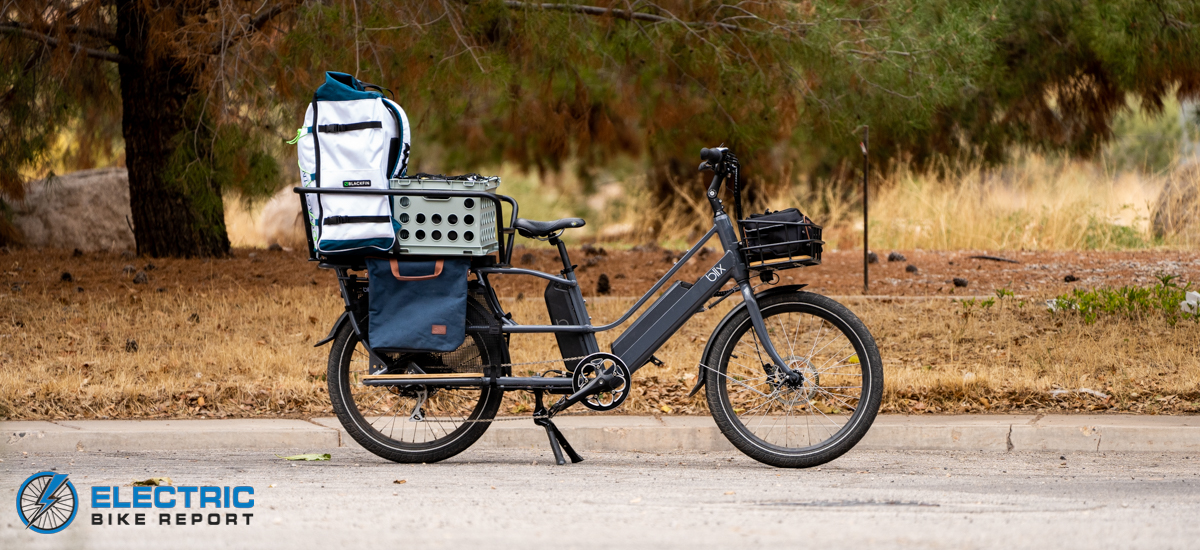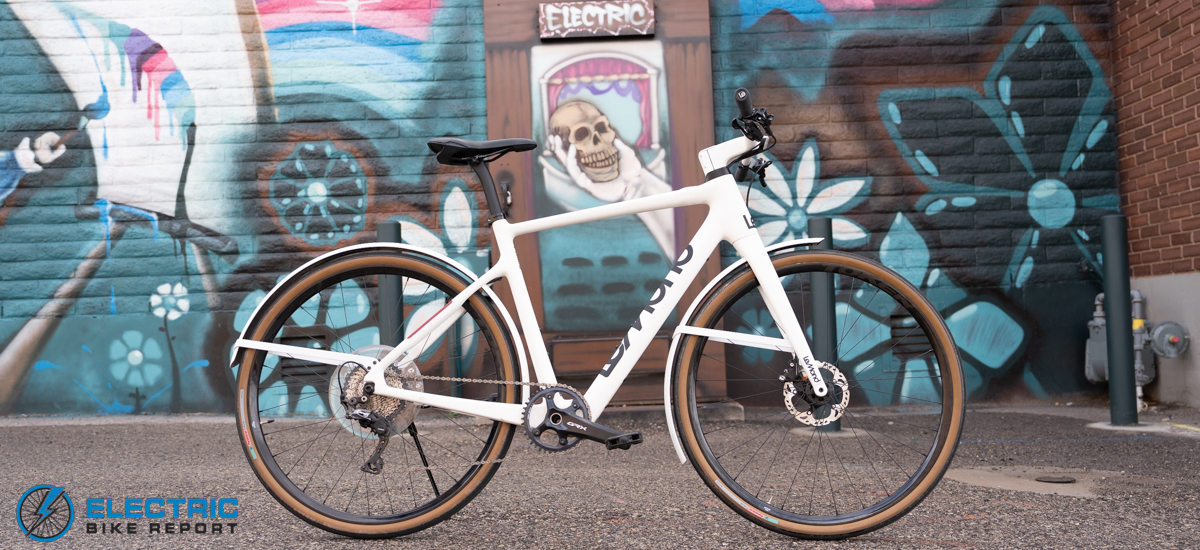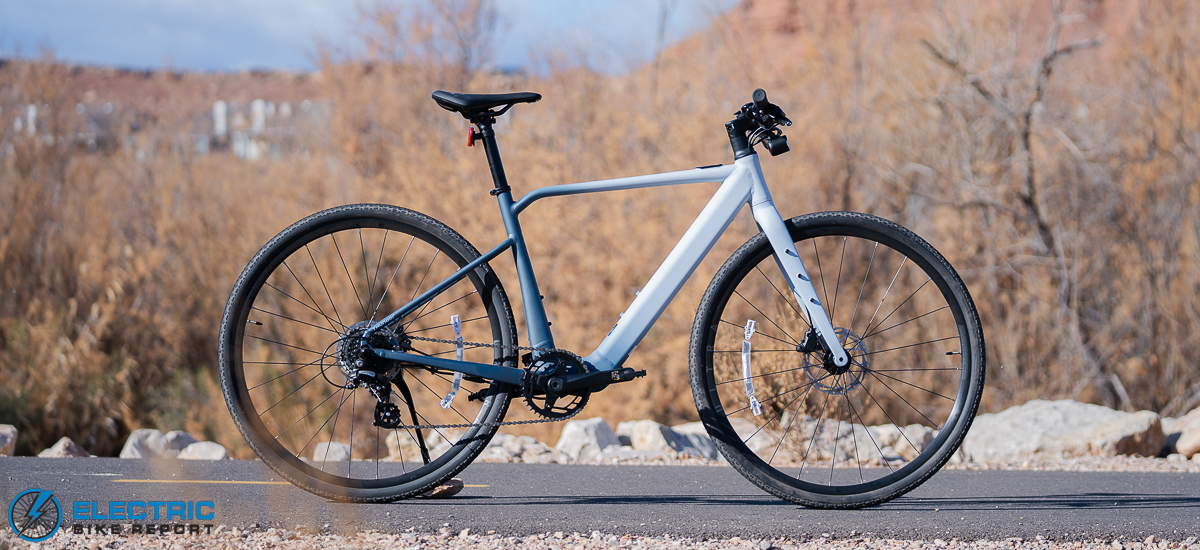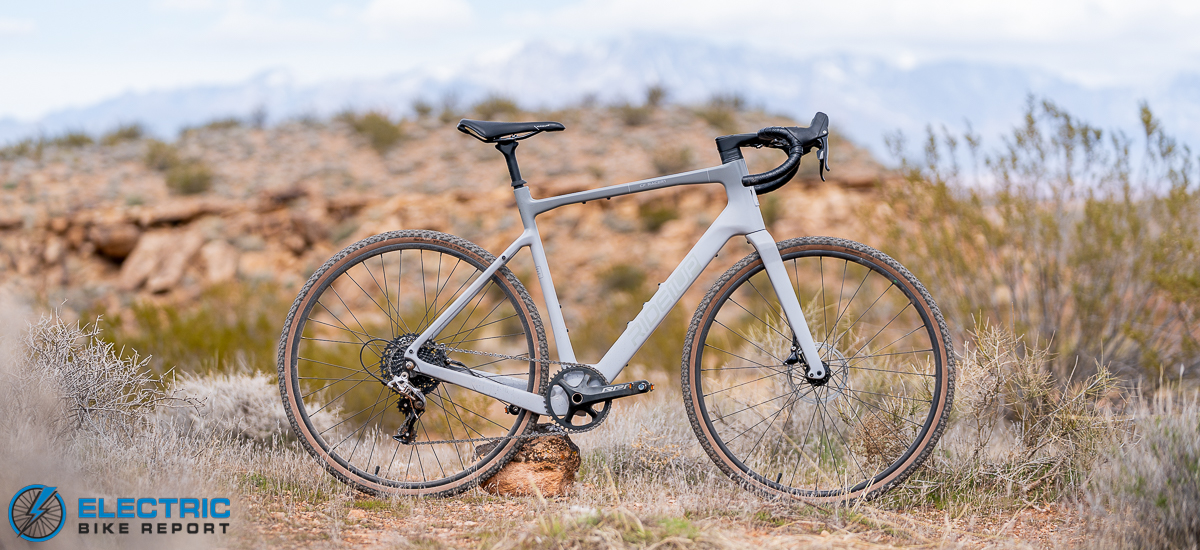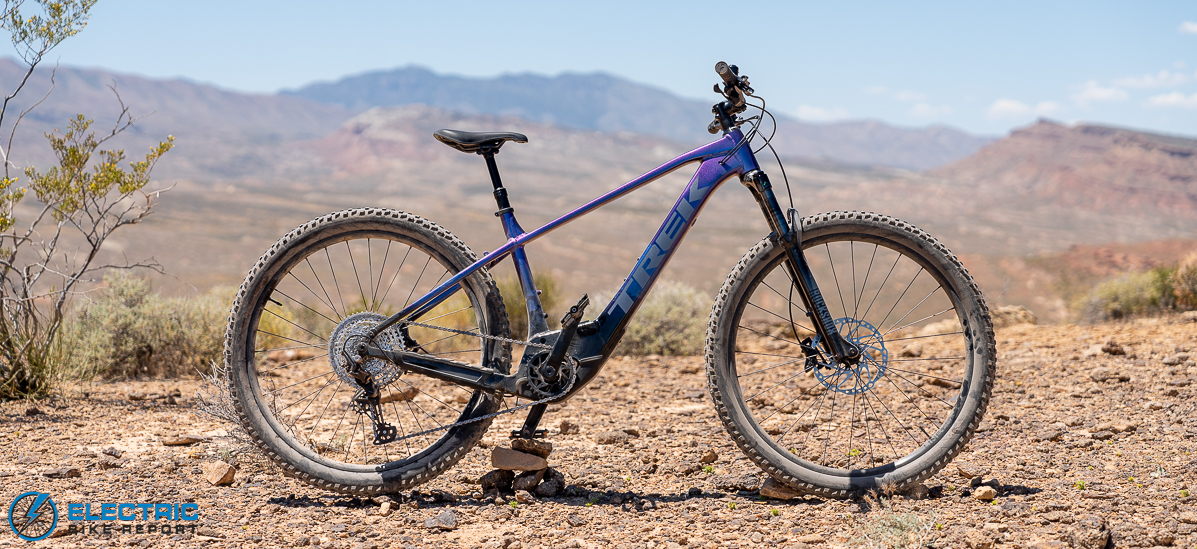Velotric’s debut multi-use trail bike, the Summit 1 combines light singletrack capability, a sleek design, and advanced technology, all with easy upgrade potential.
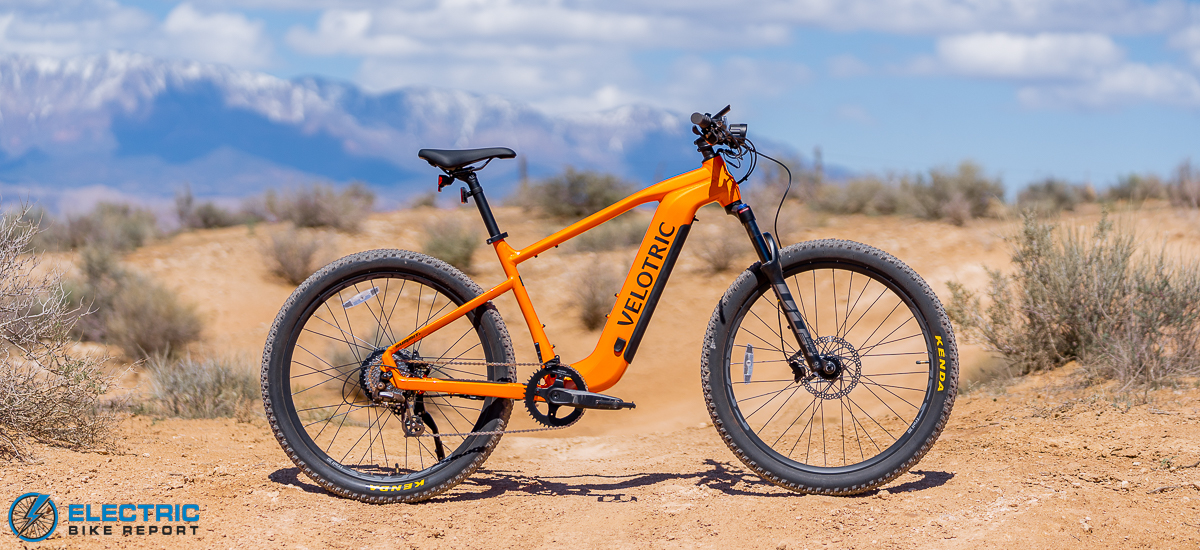
In some respects, “multi-use trail bike” might be the most fitting definition.
The Summit 1 has front suspension with 120mm of travel, suitable for light MTB singletrack and urban commuting. It offers significant value, particularly for beginners in the e-MTB realm. Additionally, the Velotric App provides over-the-air updates and allows for customization of pedal assist settings across three modes: Eco, Trail, and Boost, with options to tune the five pedal assist levels to tailor the ride according to personal preferences and trail demands. The app even saw to the bike over the course of our testing.
However, this bike lives a bit of a tale of two identities. On one hand, it’s capable as an entry-level off road explorer, but, on the other hand, the add-ons like LED lighting, a kickstand and available accessories like rear racks and fenders give a nod to the trekking bike aspects as well.
Also, to comply with most trail regulations, the throttle feature needs to be disabled (we just removed it), and the speed limit must be capped at 20 mph which can easily be done within the Velotric App. As riders’ skills progress, component upgrades may also become necessary to optimize performance and durability.
So, with that said, let’s see how the Velotric Summit 1 performed in our testing. In this Velotric Summit review, we’ve tested its capabilities both on and off-road, focusing on speed, range, braking, and overall ride quality to determine its real-world performance as an entry-level e-MTB.
[Read more…] about Velotric Summit 1 Review | THE New Multi-Use Trail Bike?


